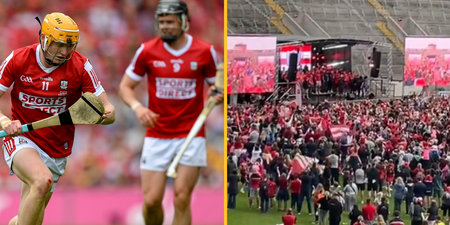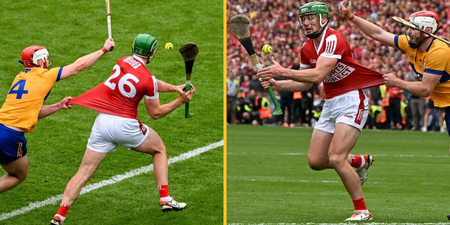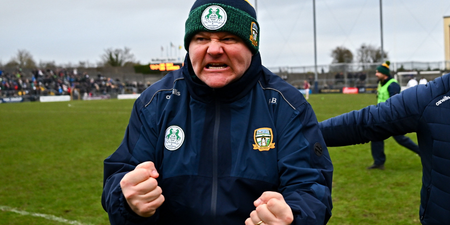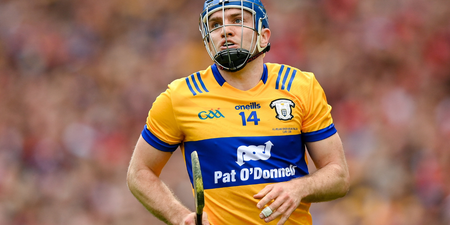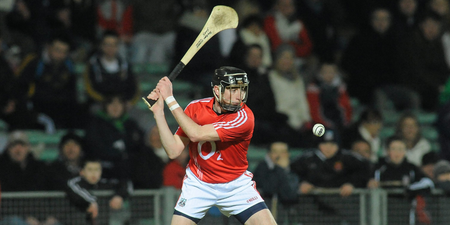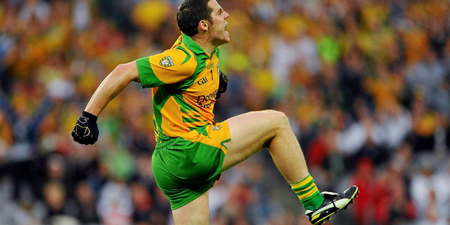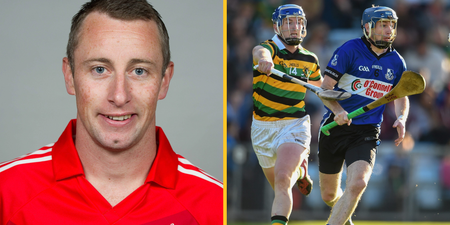It was all of our first times to experience All-Ireland camogie final day.
Myself and Barry had a fair idea of what to expect but our Donegal friend Daniel had never seen a game of camogie in his life.
In fairness, we’re not all-weather camogie fans either, but in comparison to Daniel, we’re experts.
Daniel comes from Gweedore in Donegal. That’s a place where there is no hurling team past under-16s and there’s no camogie set-up whatsoever. Talk about backwards, we know.
Sunday was the day Daniel would finally get to watch a game of camogie, even though he definitely wasn’t waiting on this moment all his life.
He dropped us down to the Croke Park hotel for around 3pm, planned to leave us at Quinn’s and turn around for home, but Clonliffe Road, to our surprise, wasn’t blocked off so we stayed going all the way down to Croker’s doorstep.
Whether it was the allure of Ireland’s finest stadium, the sea of colour on Jones’ Road as fans headed in the one direction or the thoughts of a pre-match pint of Guinness, Daniel surprised us all when he asked if there were any tickets going.
There’s always a ticket going if you look hard enough and courtesy of a very sound Kilkenny woman, the same man had a seat with his name on it even before he got his hands on a pint of the black stuff.
It wasn’t long until we were becoming camogie diehards and, as we left the hotel for the promised land, we were discussing who the best bet was for the game’s first goalscorer.
On our travels, we noticed a number of Cork and Kilkenny jerseys, worn by parents, sisters and brothers with names above the numbers. Those were the names that matched the programme, those were the jerseys their daughters and sisters had worn in last year’s final between these same two teams.
A nice touch we nodded. Be no harm to see that in hurling, we agreed.
There was one small problem though that turned out to be a big one. We were all down at one end of the field, and Daniel’s ticket had him in the middle of the Hogan Stand, surrounded by the youngsters who were giddy after getting in for only a fiver.
And you know what happens to giddy youngsters when a camera is placed in front of them? They get even giddier, the whole of Croke Park would soon find out.
A 22-year-old with sore ears doesn’t hold making the big screen in the same high regard as them, but when the sight of the disgruntled Donegal man sitting down with a frown in the middle of them all made the cut, that would have left the whole of Croker in stitches if they’d lifted their eyes from the battle of Kilkenny and Cork’s women that was taking place on the hallowed turf.
There’d be no replays either because Daniel was at home in Glasnevin tuning into Donegal local radio before the ball was thrown-in to begin the second half.
Don’t worry, the pint of Guinness had worn off by then.
As for the rest of us, we were too engrossed in the game to care about his protestations.
The first half
The game itself was a slow-burner. The tension between Kilkenny and Cork’s camógs was simmering even before throw-in and when neither team would break from their warm-ups to line out before the other, the stakes were set.
That tetchy atmosphere quietened the crowd and had the players unnerved for the first few minutes. The whistle-happy referee didn’t help to get the game flowing into any rhythm either, but the less said about his fussy officiating, the better.
Instead it would take Kilkenny’s Denise Gaule to wipe out all of that and hurl this game into life.
She opened her shoulders after 20, launching two skyscrapers over the black spot off the left and with that the crowd got going and so did this game.
Despite the man-in-the-middle blowing for every single coming together, one aspect of the game was a little bit more free-flowing than hurling and that was how the camógs came out of rucks.
Dropping the hurl
There were a lot of them in this game and there are a lot of them in every game of hurling, but the winner of the ruck is more protected here. Every time a ball is won in a ruck, the opponents go for the ball-winners’ hurl. That happens in hurling and camogie.
It’s a natural reaction but the ball-winner in hurling holds on, against their will, knowing that if they drop their hurl that it would be a foul against them for handpassing the ball.
In camogie, the women just drop the hurl and give off the hand-pass and the fouler isn’t rewarded for fouling. It makes a lot more sense than seeing these spare arm tackles going on, unpunished, and the ball-winner getting caught out because of it.
The dropping the hurl rule was brought in 30 years ago in hurling to prevent goals being handpassed into the net. That rule against handpassing into the net can stay, but maybe it’d be no harm if players were allowed to drop the hurl if needs must.
The second half
It was frantic, breathless stuff from there to half-time but at the interval it seemed way tougher than 50:50 to pick a winner.
That point for point trend continued all the way down to the referee’s last whistle but it was his second or third last one which defined this game and left Kilkenny feeling righteously aggrieved.
https://twitter.com/power_richie/status/1038830538218504194
She who laughs last, laughs longest, but even the most blinkered Cork fan would struggle to argue against Kilkenny being hard-done by.
Seeing as we were there supporting Kilkenny, we too plodded back onto the streets of Drumcondra with our heads down but we agreed we’d come back next year for more of it.
And when we got home, Daniel was raving about Denise Gaule’s wonderscore just before half-time.








